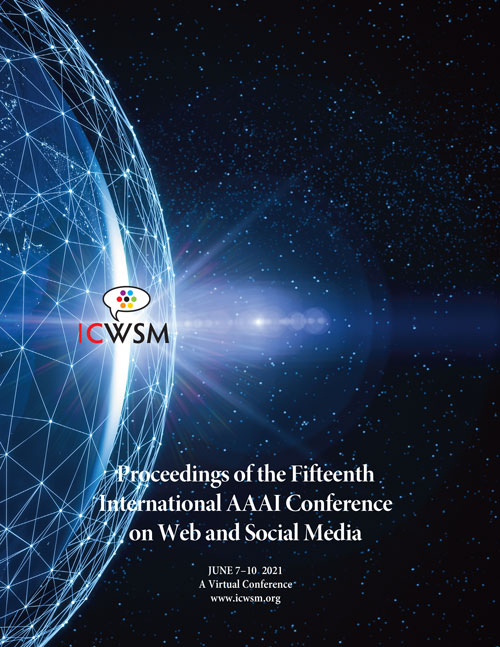Assessing Media Bias in Cross-Linguistic and Cross-National Populations
DOI:
https://doi.org/10.1609/icwsm.v15i1.18084Keywords:
Subjectivity in textual data; sentiment analysis; polarity/opinion identification and extraction, linguistic analyses of social media behaviorAbstract
Media bias is a worldwide concern. Although automated methods exist for the analysis of various forms of media bias, language is still an important barrier toward spotting worldwide differences in reporting. In this paper, we propose a methodology based on word embeddings, lexicon translation, and document similarity to assess media bias in news articles published in different idioms. We model media bias under the perspective of subjective language use, i.e., the more subjective the content of a news article is, the more biased it is. Our core assumption is that news articles reporting the same events, but written in different languages, should have similar levels of subjectivity; otherwise, we may have spotted biased text. Our method consists of using translated versions of subjectivity lexicons that were originally constructed for measuring subjectivity in the Brazilian Portuguese language. We evaluate our approach on two labeled data sets to show that our method is valid and apply our methodology to analyze recent and largely resounded topics, such as the Venezuela crisis and Syrian war, on four distinct idioms: Portuguese, German, English, and Spanish.Downloads
Published
2021-05-22
How to Cite
Sales, A., Zehe, A., Marinho, L. B., Veloso, A., Hotho, A., & Omeliyanenko, J. (2021). Assessing Media Bias in Cross-Linguistic and Cross-National Populations. Proceedings of the International AAAI Conference on Web and Social Media, 15(1), 561-572. https://doi.org/10.1609/icwsm.v15i1.18084
Issue
Section
Full Papers

